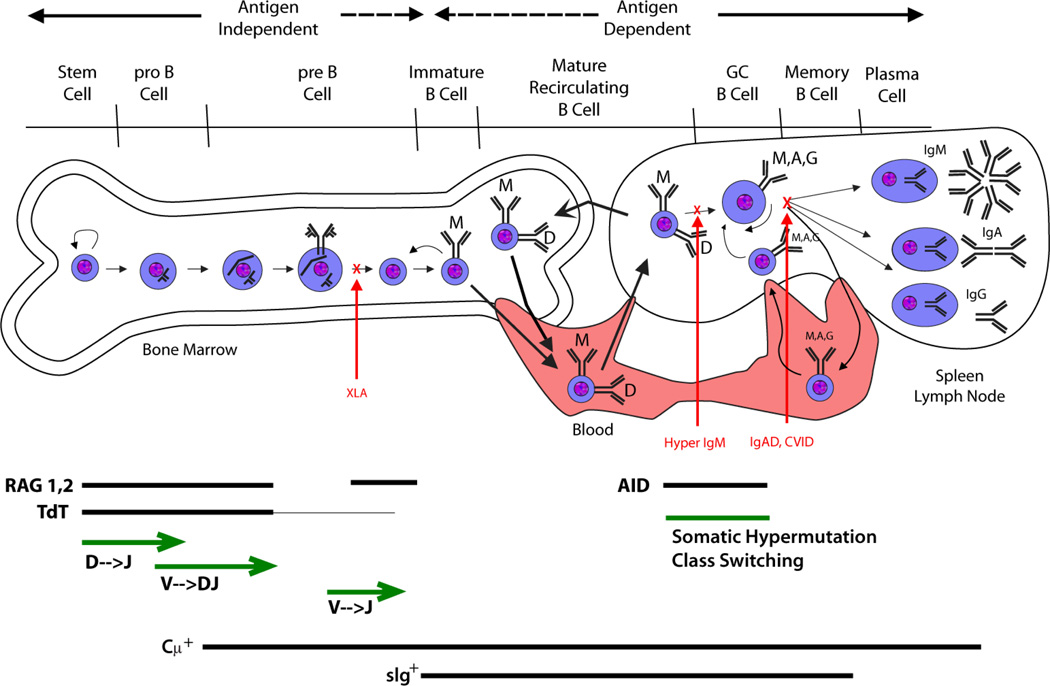Figure 5. Immunoglobulin diversification and B cell development.
Cartoon illustrating B cell development as a function of immunoglobulin rearrangement and modification. After birth, B cell development begins in the bone marrow and is independent of antigen stimulation. The pre-B cell is defined by the presence of cytoplasmic μ protein (Cμ+). With development, the fate of the B cell becomes increasingly dependent on its response to antigen. Immature B cells leave the bone marrow and begin to express IgD. They recirculate through the blood, the secondary lylmphoid organs and the bone marrow. Encounter with cognate antigen can cause the cell to become a memory B cell or a plasma cell. Patients with X-linked agammaglobulinemia (XLA) lack BTK function and have difficulty making immature B cells and IgM. Patients with hyper IgM syndrome (Hyper IgM) are unable to class switch. Patients with selective IgA deficiency (IgAD) or common variable immune deficiency (CVID) can class switch, but have difficulty becoming plasma cells or memory B cells.

